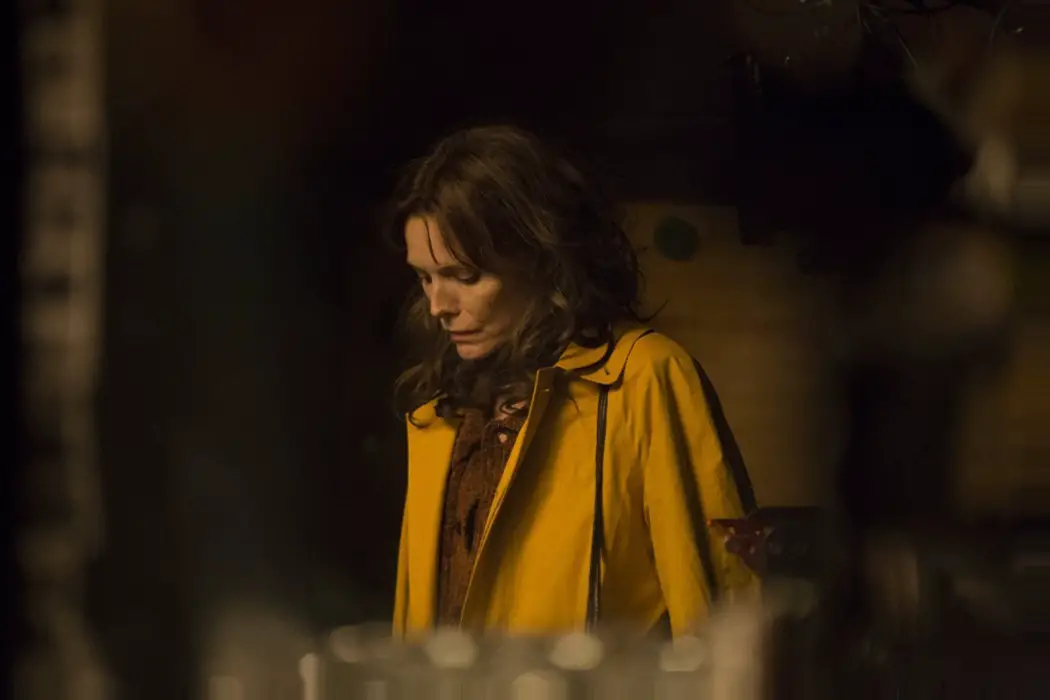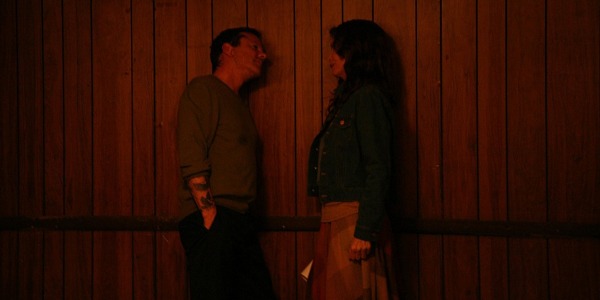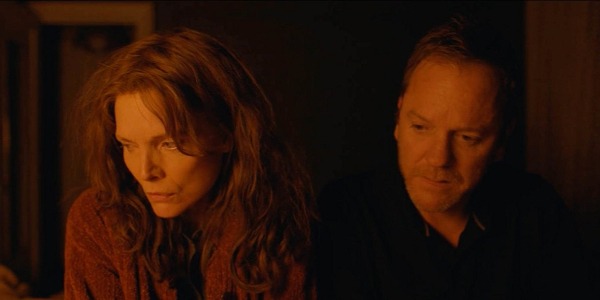WHERE IS KYRA: Michelle Pfeiffer’s First Lead Role In Nine Years Doesn’t Disappoint

Alistair is a 25 year old writer based in Cambridge.…
After starting out the century with appearances in a variety of movies significantly beneath her acting talents, Michelle Pfeiffer has returned from a four year hiatus with two of the most challenging roles in her career.
Her supporting role in Darren Aronofsky’s twisted biblical parable mother! saw her skillfully subvert the hyper-sexualised screen presence of her most memorable roles, and now the first leading performance of her comeback offers her a chance to show the physical and emotional range that recent supporting performances haven’t properly catered for.
The Second Coming of Pfeiffer
Pfeiffer is one of our greatest living actresses, and Where is Kyra? gives her the best opportunity to remind audiences exactly why that is – without her commanding performance, ever-present in every scene, it’s easy to imagine director Andrew Dosunmu’s film would be less than the sum of its parts. But with Pfieffer front and centre, this slow burning character study proves to be powerful, even as it stretches credulity beyond the breaking point.
Two years after losing her job, Kyra (Pfieffer) is living with her elderly, frail mother and using her mother’s income to support the both of them. Her desperation for a job has now caused her to start looking within industries beneath her former line of work, as well as helplessly posting flyers of her resumé to cars. After two years of unemployment, she’s beyond humiliation, even if she is silently continuing to break down internally due to the sustained rejection.
Her mother soon passes away, leaving Kyra in a further financial conundrum that she has an outlandish, not to mention illegal, solution for. This is further complicated when she meets Doug (Kiefer Sutherland), who seems to offer a glimmer of romance and economic stability – but unfortunately, seems to have seen into the mess she’s getting herself deeper into.

I’m refraining from specifying exactly what Kyra’s criminal solution to her money woes is for two reasons. Firstly, it can’t help but sound ridiculous on page – a character detail that would have entirely jettisoned the film’s earnestly working class grit had it been in the hands of a lesser leading performer. Secondly, the winning physicality of Pfeiffer’s performance is better displayed without any prior forewarning as to the direction this story takes.
What begins as a blunt depiction of the realities of old age, similar in theme to Michael Haneke’s Amour, quickly turns into a much stranger and significantly more interesting character study about the realities of being an aging woman out of work, as well as examining the fiscal anxieties of the working class on a micro level.
A timely film – three years after production
In a rarity for the Trump era, “economic anxiety” really isn’t a euphemism disguising the racist intentions of an individual; Dosunmu’s film was made back in 2015, premiering at Sundance in 2017 and has been sitting on a shelf ever since. The film’s tightrope walk of realism and a more heightened crime narrative likely proved off-putting to distributors when pitched to them, but Pfeiffer’s performance really does cast all doubts aside – it’s hard to imagine this film working with another actress at the helm.
Which isn’t to belittle Dosunmu’s decisions behind the camera, as all the aesthetic choices he makes are seemingly designed with the aim of pushing Pfeiffer front and centre. Working in collaboration with regular cinematographer Bradford Young, there’s a focus on keeping the actress at the centre of the frame at all times, creating a suffocating claustrophobia that pushes us directly into her desperate headspace, and highlights the understated physicality so central to what makes the performance work.

This film may have entered production long before mother!, making all comparisons between the two Pfeiffer efforts unintentional, but they share enough aesthetic attributes to create a pretty intense double bill. Dosunmu’s camera never takes its eye off Kyra, stalking her as she goes about her daily routine, or playing her most emotive moments in extreme close-up long takes. He depicts Pfeiffer in the same way Darren Aronofsky depicted Jennifer Lawrence, engraining us into her tormented headspace to such an extent, the surreality of the living situation she’s adapting to doesn’t detract from the grounded emotional reality the film introduced to start with.
Where is Kyra? may have been sitting on the shelf for a couple of years, but the passage of time hasn’t diluted the sense of thematic urgency. The depths of desperation Kyra falls to may be excessively heightened, but they are grounded in a very palpable case of money problems at their most extreme. Even as unemployment continues to decline, the film maintains a relevancy in a world where the cost of living keeps increasing, and the minimum wage stubbornly shows no sign of rising to levels that would help millions to keep their head above the ground.
It may have been a more effective film had it been released in the wake of the financial crash – but ten years after that seismic event, austerity measures put in place by governments the world over make Kyra’s struggles seem tangible, if not entirely accurate to a specific degree.
Conclusion: Where is Kyra
Although it’s opening act suggests Michelle Pfeiffer going mumble-core, Where is Kyra? is actually a far more substantial work than initially suggested – even if it’s debatable whether or not it would be as impactful with another actress in the lead. Her commitment to the project helps the film increase its intensity when the silly direction of the narrative suggests it should be falling off the tracks altogether. For this reason, the film may effective, but it’s nowhere near as effective as its leading actress, and would not be as worthy of your time without her.
Have you seen Where is Kyra? What did you think of Michelle Pfeiffer’s comeback performance? Tell us your thoughts in the comments below!
Where is Kyra? was released in the US as a limited release on April 6, 2018. For all international release dates, see here.
Does content like this matter to you?
Become a Member and support film journalism. Unlock access to all of Film Inquiry`s great articles. Join a community of like-minded readers who are passionate about cinema - get access to our private members Network, give back to independent filmmakers, and more.
Alistair is a 25 year old writer based in Cambridge. He has been writing about film since the start of 2014, and in addition to Film Inquiry, regularly contributes to Gay Essential and The Digital Fix, with additional bylines in Film Stories, the BFI and Vague Visages. Because of his work for Film Inquiry, he is a recognised member of GALECA, the Gay & Lesbian Entertainment Critics' Association.













